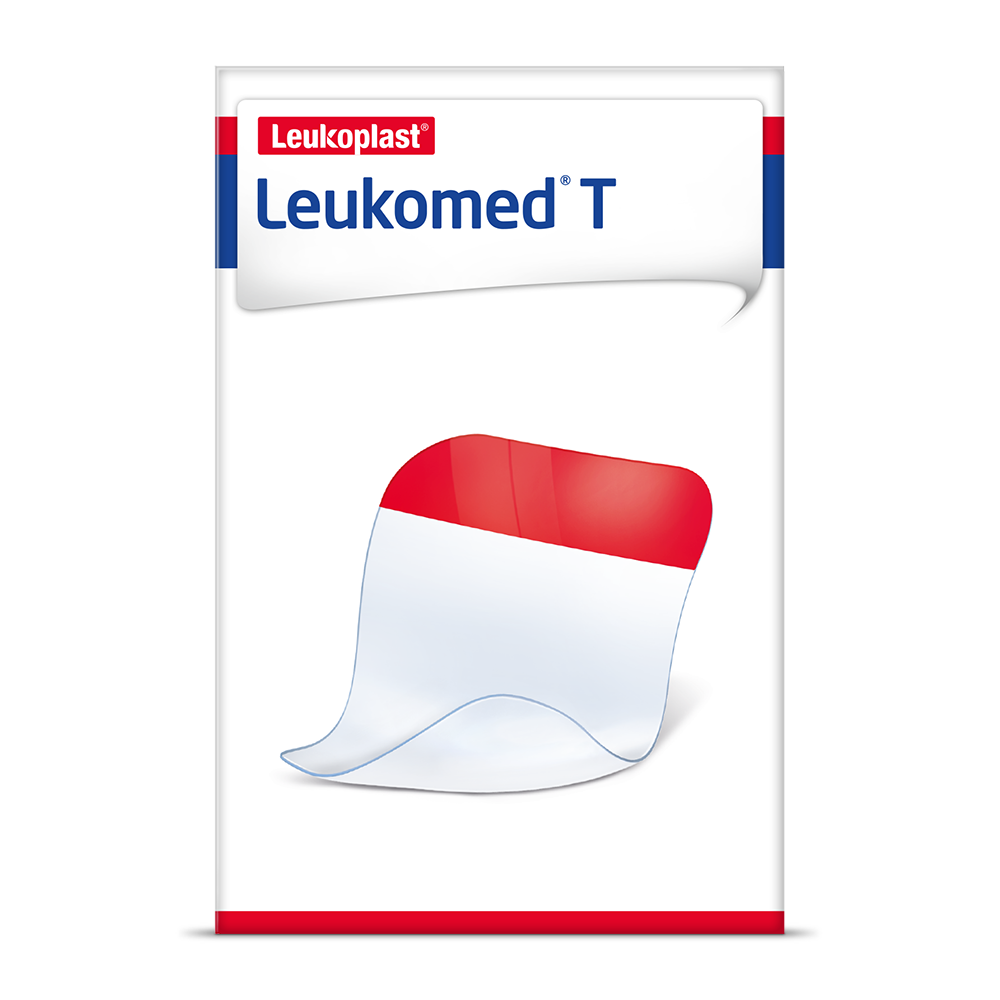How to treat a blister
Blisters usually result from friction on the hands or soles and can be painful but heal easily once the cause is removed. Follow the treatment steps below, which are based on NHS recommendations:
Do not burst a blister yourself; it is likely that you will contaminate the wound. If it is already burst, “allow the fluid to drain before covering it with a plaster or dressing.” 1
“To protect your blister from becoming infected, a pharmacist can recommend a plaster or dressing to cover it while it heals.
A hydrocolloid dressing can help reduce pain and speed up healing.” 1
A common blister on your hand or foot can easily be treated at home. A visit to the doctor is necessary, however, if the blisters
If a blister becomes infected, the body's reactions to invading pathogens can be a warning signal. Pay attention to whether the wound
If you notice an elevated body temperature (above 99.5 °F) or see any of the signs mentioned, please contact your health care practitioner! 2
Many common wounds can be dealt with at home. But when should a doctor be consulted? Scroll down for more information!
Open blisters are gaps in the skin barrier. Read more on how to prevent infections! >>

Skin-friendly sterile dressing with wound pad for small to medium-sized wounds.

Sterile dressing for superficial and surgical wounds, and for fixing dressings.